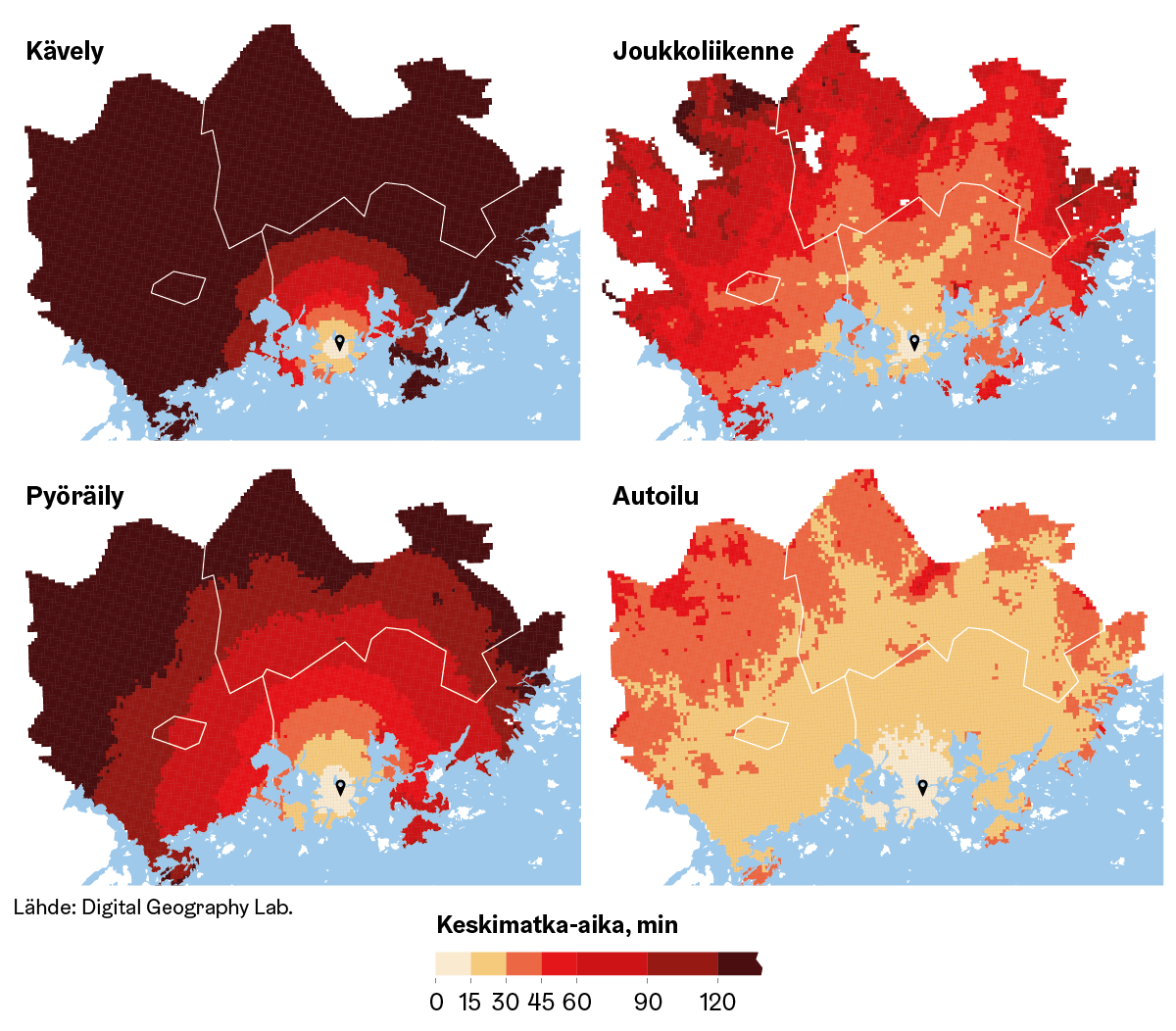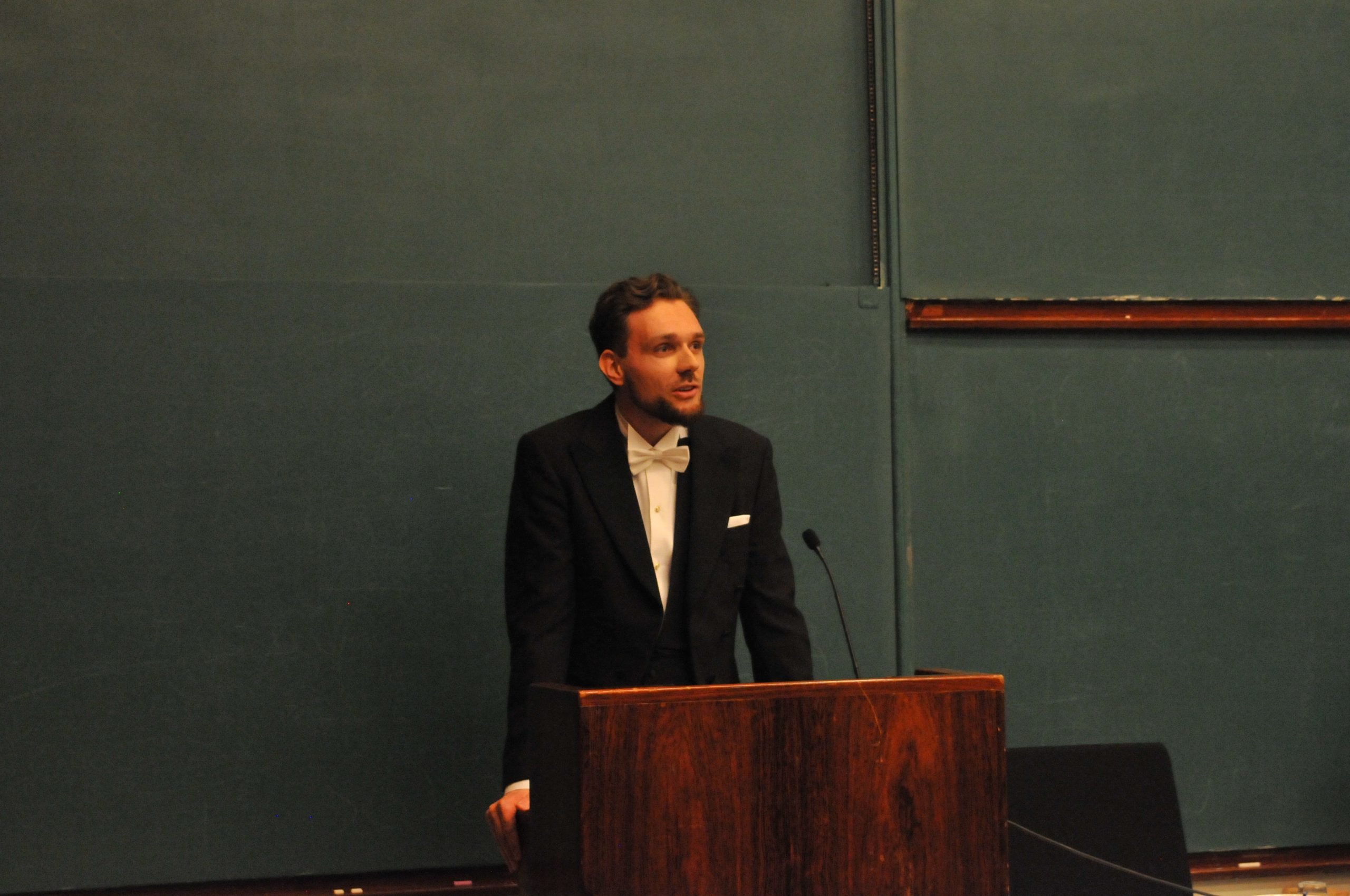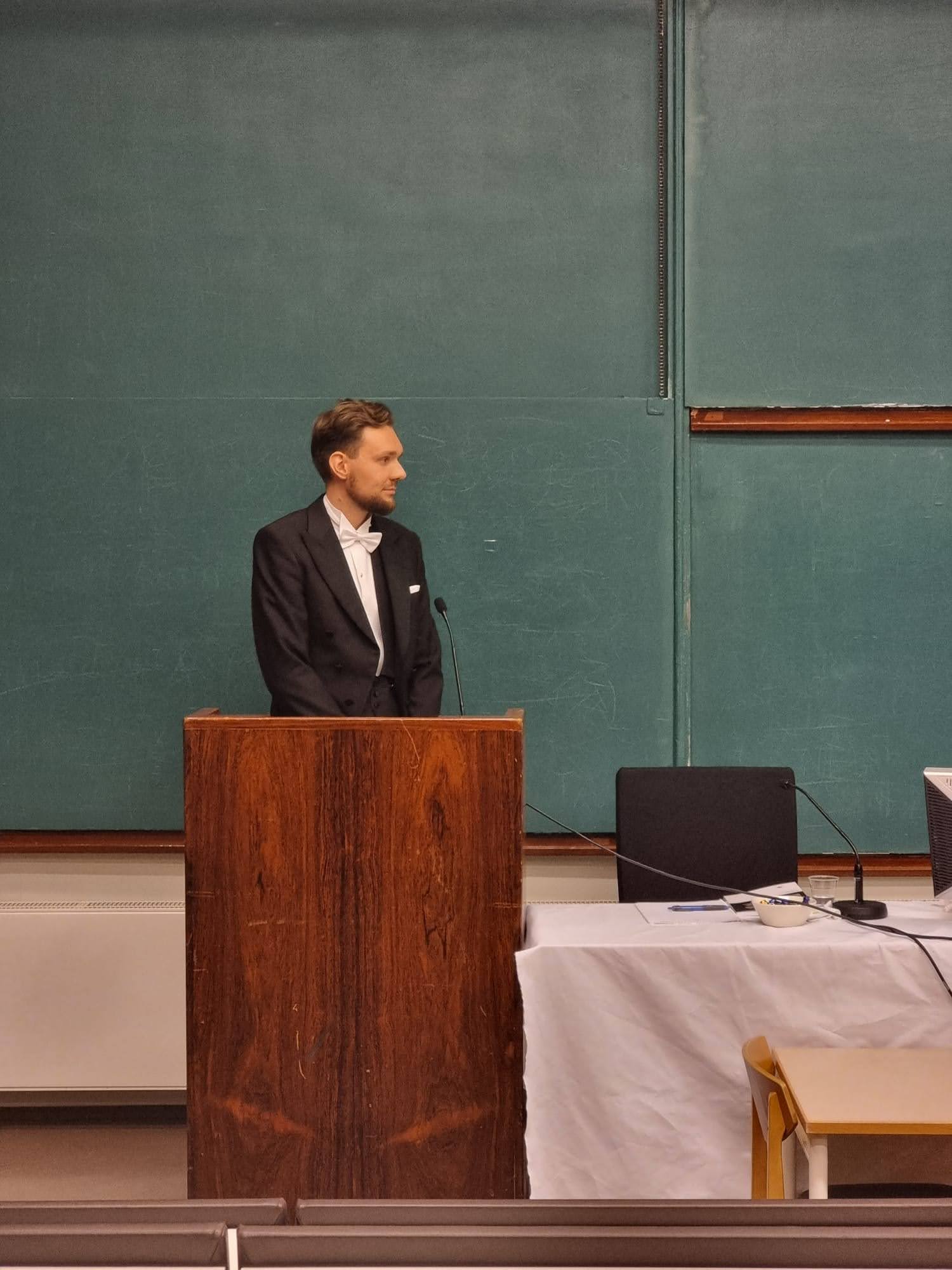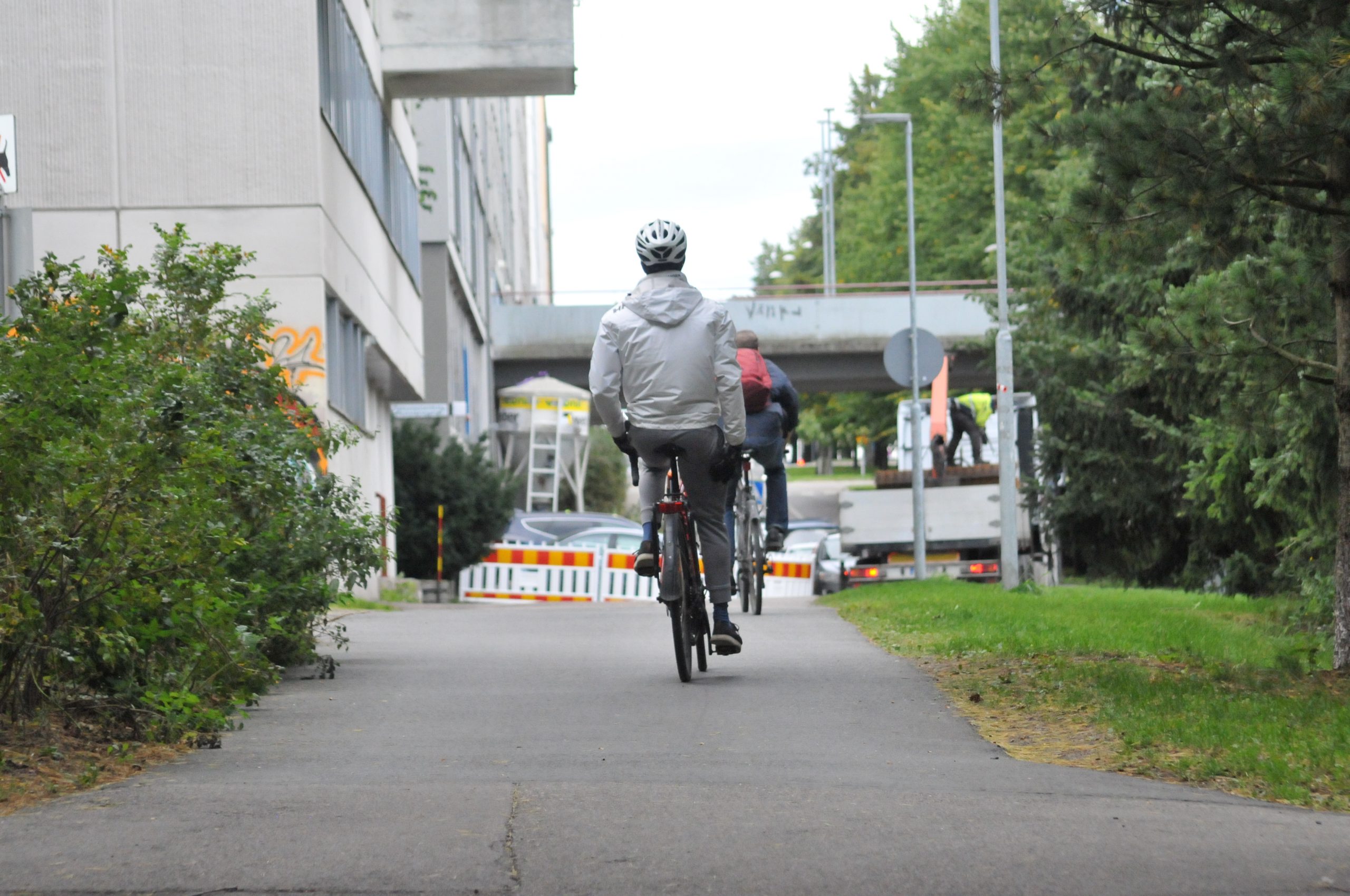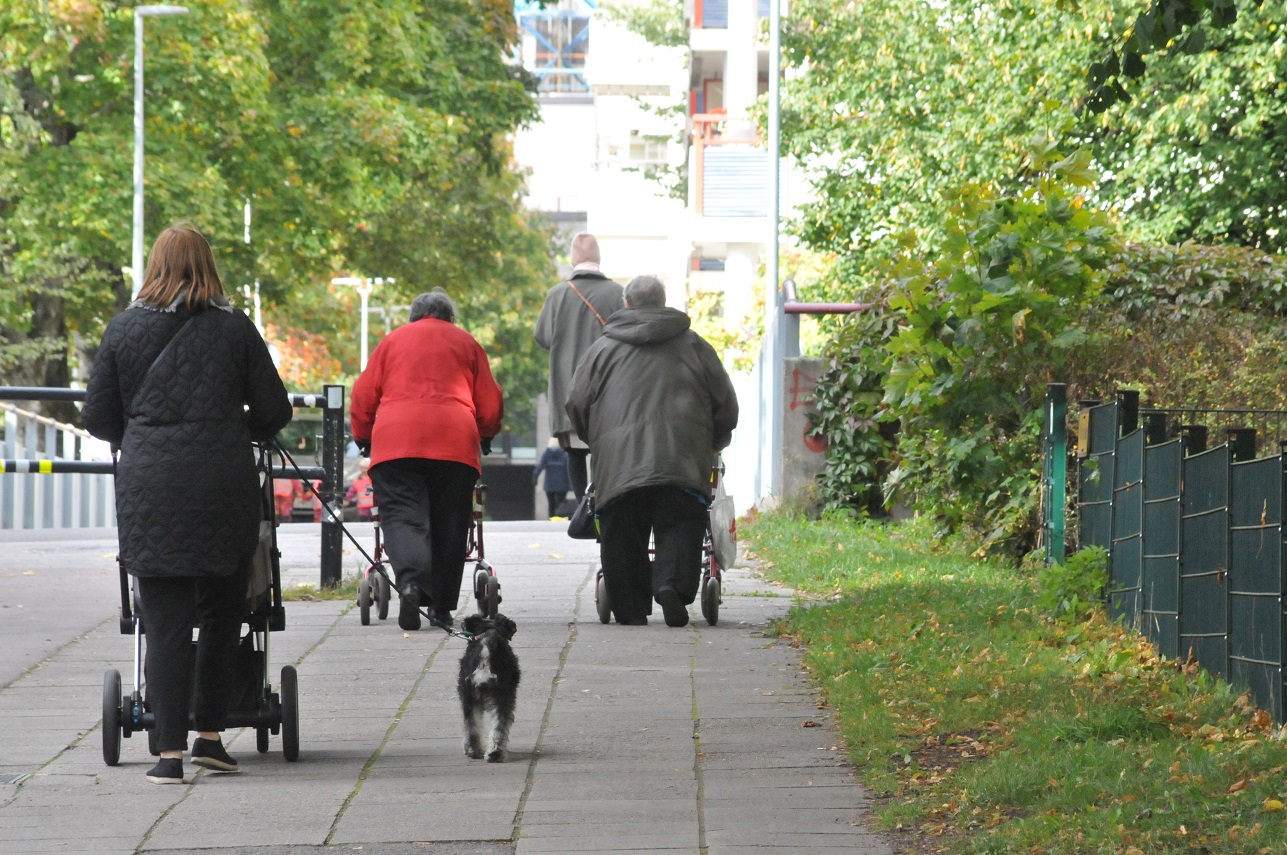Tuomas Väisänen aka “Väiski” successfully defended his PhD thesis last Friday!
The defence took place on the Friday 10th of November 2023 with Grant McKenzie, Associate Professor of Spatial Data Science from McGill University, Canada as the opponent.
See Väiski’s thesis “Diversity of places and people: Using big data to understand languages and activities across geographical space” here.
Earlier in the week, we had the privilege of hosting the opponent McKenzie at our premises and getting to know each other and our respective research groups’ works better, which sparked many new ideas.
The event-packed week culminated with Väiski’s defence and his lovely Karonkka party that followed in the evening.
Finally, after a long and exciting week, our happy new doctor was sent to home with celebrations to enjoy his wonderful achievement.
Hooray & hugs to Väiski! 🥳🤗
And many thanks also to the opponent McKenzie for visiting us and acting as the excellent counterpart for Väiski! 🤗
Continue reading “Väiski defended his PhD thesis – Grant McKenzie as opponent”


